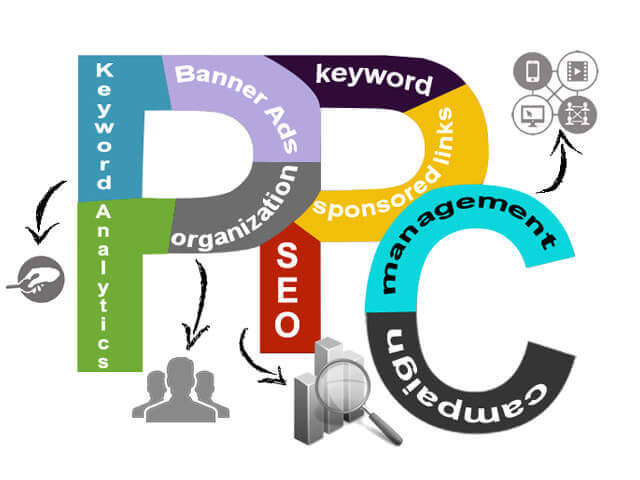An option widely used and abused, Dynamic Keyword Insertion (DKI) can do more harm than good to your PPC campaign, if not paid attention to.
For beginners, a DKI is a trick of the trade to boost your Pay per Click program, by replacing keywords of search items fed by online users. A feature offered by Google Ad words, it works something like this: you have the option to choose a few keywords for your ad title which, if found a match with the user’s search query, will replace and auto populate your ad title to show exactly what the user is searching for. This means, when displayed (correctly), the user will find an ad which has his query on your ad title content.
Now that is excellent, as it is more likely to invite an immediate click. And this in turn will get you more clicks, and more visitors to your site, thereby increasing your site’s quality score. What’s more, if there is no match, it allows you to display a default keyword so that it still picks up the ad. So what’s the flip side? Well, that’s the point of our discussion.
To begin with, there’s more than one area of concern. While PPC campaigns can be good money earners provided your SEO expert has full control over the entire program, it can also play havoc, should it be left unattended. To understand how to better manage it, let’s note what are the elements that determine the dynamic keyword insertion.
First, it heavily relies on the Ad group to which your ad belongs to. Meaning, it should be relevant to the other ads included in your ad group. Second, the keywords you choose in the ad group are extremely crucial in dictating the end result. It is best to target a niche. Third, the default keyword that will be displayed should the user’s searched keyword do not match.
And fourth is the ad itself. Here, the key thing to remember while managing DKI in PPC is to avoid targeting a broad category of keyword. The more specific you are with your keywords, the more accurate and effective your DIK campaign will be. Focus on niche market and narrow down your keyword choices to keep them absolutely restricted to your immediate offering. This will ensure that the visitors your PPC campaign invites aren’t disappointed to see irrelevant content on your site once they land on your page. It will lead to more loss of effort and money to have disinterested leads visiting you, rather than fewer but warm leads directed to your site.
The choice of your keyword, as mentioned above is critical. Not just relevant keywords, the dynamically inserted keywords have to be so chosen that they make sense when displayed under a user’s search result. The broader the keywords, the higher the chances of awkward ad title display, which even though relevant to your business, may appear meaningless. In other words, the structure will fall apart if DKI is applied to generic ads.
Another key area to look after is the contents of your keywords – any minor error that may not even be noticed otherwise can make your PPC campaign look clumsy and spammy. The punctuations, spelling and grammar, all contribute to making the right keyword display. And while you are at it, make sure you adhere to the search engine guidelines like not promoting adult content, abusive and malicious content and sticking to your line of business.
So go ahead with the Dynamic Keyword Insertion in your PPC campaign, but it should be aimed at boosting the campaign to get relevant crowd. And if you can just keep in mind the potential threats discussed above, it will just save you some lost revenue!










